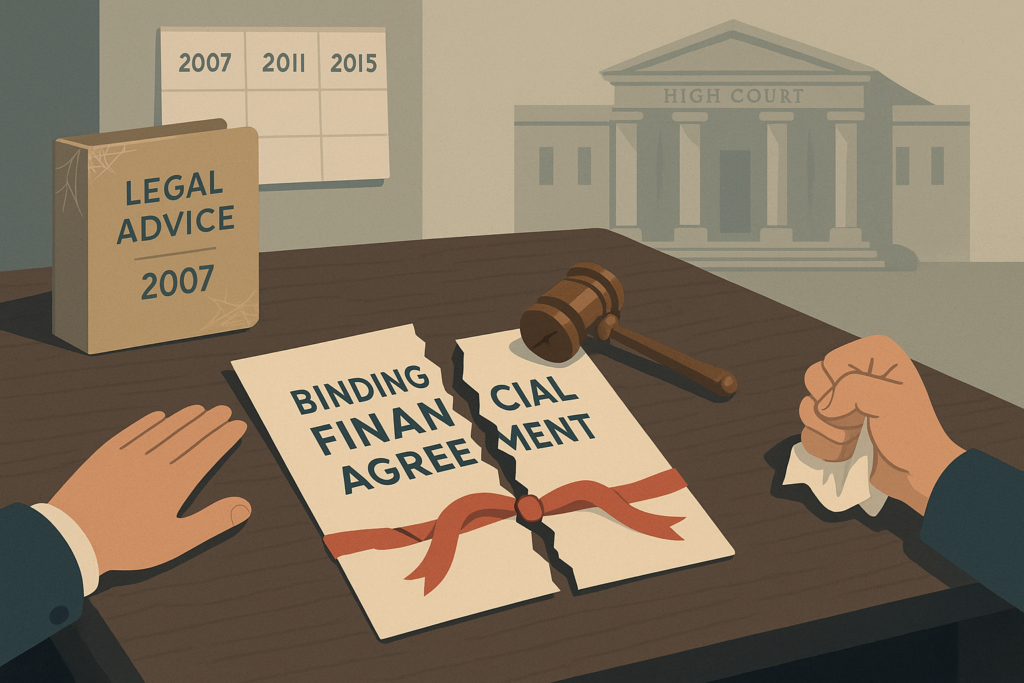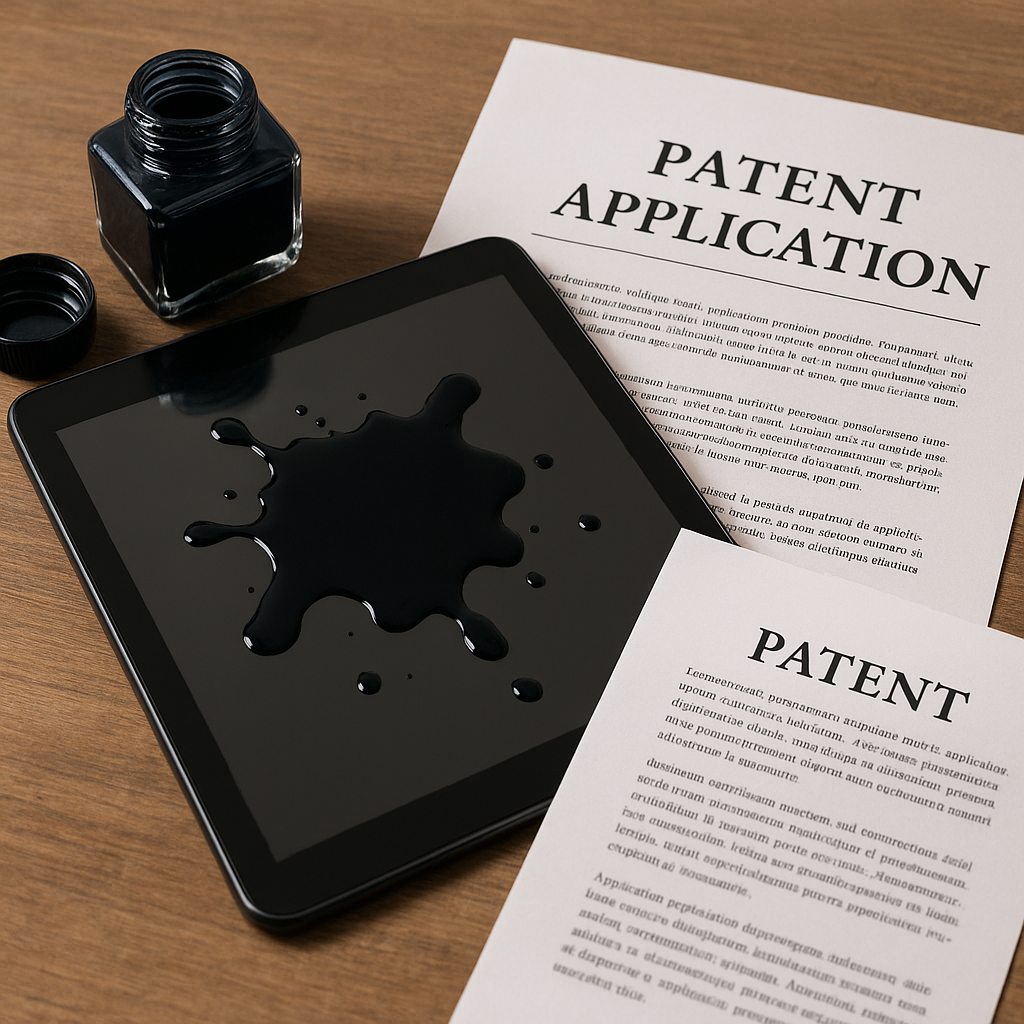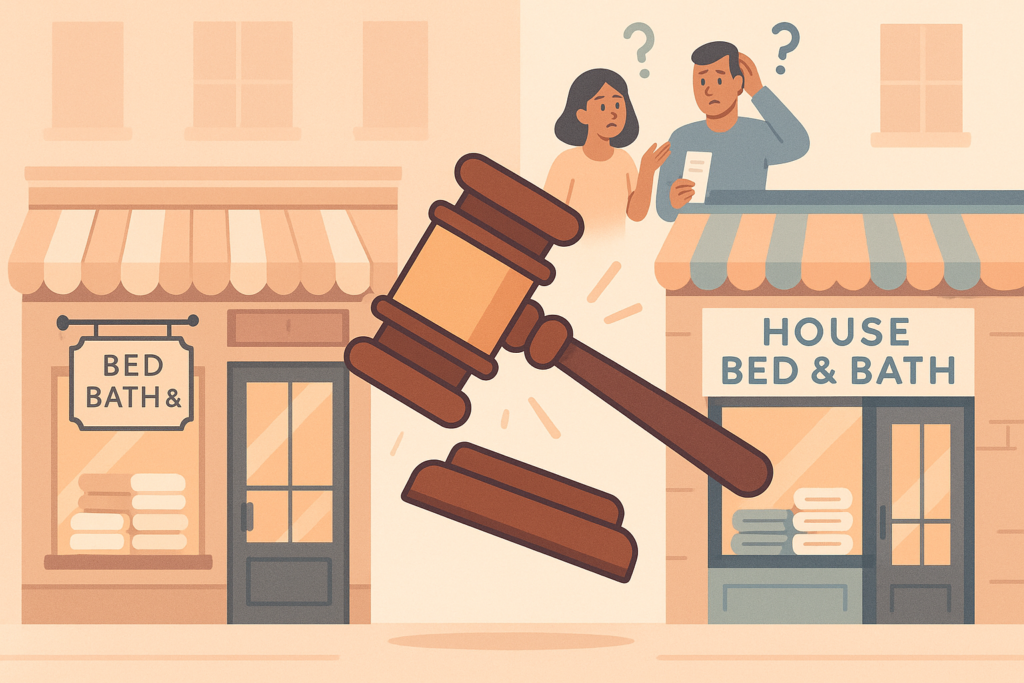Dealing with Daily Weakly
 The High Court will shortly decide on how long a client has before they can no longer sue their lawyer for an earlier stuff up.
The High Court will shortly decide on how long a client has before they can no longer sue their lawyer for an earlier stuff up.
In October 2024, the Federal Circuit and Family Court of Australia handed down a decision that every contracts lawyer — including those in the IP and tech law trenches — should pay attention to. Daily & Daily (No 4) [2024] FedCFamC1A 185 isn’t just a family law dispute — it’s a cautionary tale about negligence, professional responsibility, and the limits of liability when legal drafting goes sideways.
The facts were messy, as most long-running family property cases are. But at the heart of it lay this: a Binding Financial Agreement (BFA) that was meant to protect a husband’s property interests in case of divorce turned out to be void — thanks in part to inadequate legal advice when the agreement was first inked. The husband sued his former lawyers. They argued the claim was out of time and that their advice wasn’t negligent. The Court disagreed on both counts, upholding the finding of negligence and ruling that the claim was not out of time (although the damages award was to be reassessed at a new hearing).
Most significantly, the High Court has now granted special leave to appeal that part of the decision — signalling this issue is far from settled.
The current judgment underscores the point that lawyers — especially those drafting complex commercial or technology agreements — cannot rely on generic advice or boilerplate disclaimers. In Daily & Daily, the solicitor didn’t draft the agreement originally, but did advise on and amend it. The Court found that the advice given was cursory, failing to warn of the risk the agreement might be void for uncertainty or vulnerable under s 90K of the Family Law Act 1975 if the couple later had children.
Think of how many SaaS agreements, licensing terms, or IP assignments rely on template structures — or gloss over jurisdiction-specific requirements for enforceability. This case is a reminder of at least two things: First, when a client pays for certainty, delivering ambiguity is actionable. Second, but just as importantly, if you are asked to advise on and touch up an agreement you didn’t draft, you are taking responsibility for all of it, not just the bits you tweak.
One of the most interesting parts of the appeal will be about timing. The lawyers tried to argue that any negligence claim was statute-barred — that is, out of time. But the Court said no: in cases involving contingency-based loss (like a BFA only becoming relevant on separation), damage doesn’t “crystallise” until the adverse event happens. That’s a powerful precedent for all kinds of delayed-impact contract failures — including option agreements, royalties, or licensing deals that collapse years later.
The appeal will now head to the High Court, which could reshape how limitation periods apply to negligent drafting in complex personal and commercial transactions.
Specifically, when does damage occur after negligent drafting? At the time the agreement is entered into, or at the time there are financial consequences down the track?
The High Court’s answer may redefine professional liability timelines — and not just in family law.
 For years, when an Australian company suffered a data breach, the script was pretty simple: notify the OAIC, maybe tell your customers, and brace for PR blowback. But in a landscape of ransomware gangs, deepfake scams, and real-world harm flowing from leaked personal info, that old approach started to feel… inadequate. The new privacy law amendments (to the Privacy Act 1988 (Cth)) try to fix that.
For years, when an Australian company suffered a data breach, the script was pretty simple: notify the OAIC, maybe tell your customers, and brace for PR blowback. But in a landscape of ransomware gangs, deepfake scams, and real-world harm flowing from leaked personal info, that old approach started to feel… inadequate. The new privacy law amendments (to the Privacy Act 1988 (Cth)) try to fix that.
 What happens when your new brand smells a little too much like the towels next door?
What happens when your new brand smells a little too much like the towels next door?
